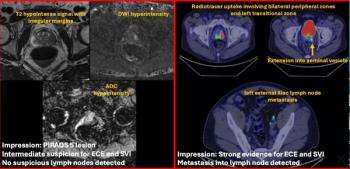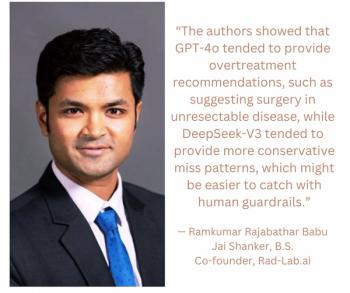
China moves into the lead in growth rate for PACS
Rising standards of patient care are driving PACS adoption among top-quality medical facilities in Japan, South Korea, and China, making the Asia-Pacific region the third largest PACS market after the U.S. and Europe, according to an industry report from Frost & Sullivan.
Rising standards of patient care are driving PACS adoption among top-quality medical facilities in Japan, South Korea, and China, making the Asia-Pacific region the third largest PACS market after the U.S. and Europe, according to an industry report from Frost & Sullivan.
The annual average PACS growth rate of 20% in China expected over the next five years is the highest in the world. The growth rate in Japan and South Korea is half that of China.
The surging interest seen in Asia presents new opportunities and challenges for multinational PACS manufacturers. To successfully participate in the region, PACS vendors must adapt their technology to meet specific characteristics demanded by each country.
China, Southeast Asia, and South Korea typically use radiology information and hospital information systems that do not comply with the U.S. HL7 standard. Instead, these countries opt for a variety of local language-based systems that operate on 2-bit characters.
On the other hand, the U.S. patient care model is already popular in areas such as Malaysia, Singapore, Australia, New Zealand, and Hong Kong.
Newsletter
Stay at the forefront of radiology with the Diagnostic Imaging newsletter, delivering the latest news, clinical insights, and imaging advancements for today’s radiologists.




























